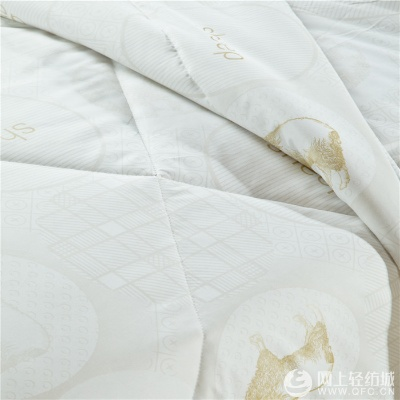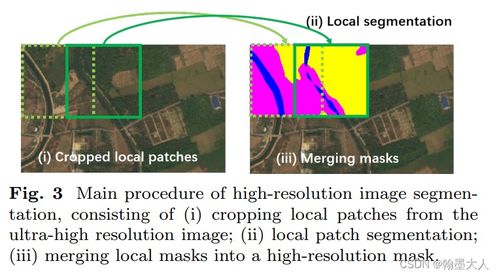Unfolding Challenges:Causes of the Sino-US Textile Trade Dispute
The Sino-US textile trade dispute, which has garnered significant attention worldwide, is a complex and multifaceted issue that has emerged as a result of various factors. The root causes of this dispute lie in the divergences between the two countries' economic systems, cultural differences, and historical legacies. The US, with its capitalist economy, pursues a free market approach to trade while China, with its socialist system, adheres to a more centralized model. These differences have led to misunderstandings and competition over issues such as intellectual property rights and protection of labor standards, ultimately resulting in trade frictions. Furthermore, cultural differences also play a role in this dispute, as both sides view each other through their own lens. Finally, the historical legacy of the US's involvement in the Chinese Revolution also contributes to the tension between the two countries. Despite these challenges, the future of the Sino-US textile trade remains uncertain, as both countries must navigate their differences and find ways to coexist peacefully.
Introduction: The textile industry has long been a critical component of global trade, with countries like China and the United States being major players in the market. However, the recent escalation of tensions between these two nations over textile trade issues is causing significant concerns for both sides. This article will explore the various causes behind the current dispute between the US and China, including economic factors, regulatory differences, and cultural misunderstandings. Additionally, we will present some case studies to illustrate the challenges faced by both countries during this complex process. By analyzing these causes and examples, we aim to provide a deeper understanding of the ongoing conflict and potential ways forward.
Causes of the Sino-US Textile Trade Dispute:
-
Economic Pressures: One of the most immediate reasons for the Sino-US dispute is the pressure from the Chinese textile industry. With an extensive domestic market and increasing demand for high-quality products, China aims to expand its influence in the global textile market through increased export volumes. However, this has put the US textile industry at a disadvantage, as Chinese imports often come at a lower cost due to their larger scale production. As a result, the US government has imposed tariffs on Chinese textiles, which has further exacerbated the economic pressures felt by both countries.
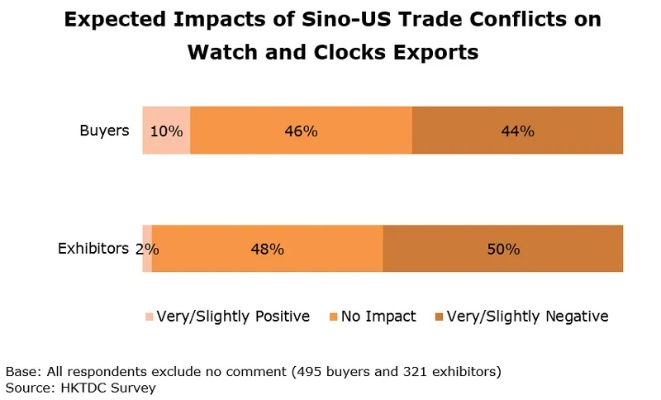
-
Regulatory Differences: The US and China have different regulatory frameworks for textiles, leading to difficulties in cross-border trade. In China, textile companies are required to comply with strict environmental regulations and labor standards, which can be costly for them. However, US companies operating in China often face fewer restrictions, allowing them to operate more efficiently and at lower costs. These differences have contributed to a perception that China's textiles are not as ethical or reliable as those from the US, further fueling the trade dispute.
-
Cultural Misunderstandings: Another factor contributing to the tension between the US and China is cultural misunderstanding. For example, American consumers may perceive Chinese textiles as inferior due to perceived quality differences or concerns about safety and environmental sustainability. Meanwhile, Chinese consumers may feel distrustful of foreign textiles based on past experiences with counterfeit goods and unethical production techniques. These cultural biases can create misunderstandings and lead to unnecessary conflict.
Case Study: One such case study involves the relationship between a US textile company and a Chinese textile supplier. The US company had been sourcing textiles from a Chinese manufacturer for several years, but recently they experienced delays in receiving their shipments due to logistical issues caused by COVID-19 lockdown measures in China. As a result, the US company had to cut back on its production schedule and increase costs. The Chinese manufacturer blamed this situation on the US company's own lack of flexibility and adaptability during the pandemic, leading to a tense exchange of letters and emails between the two parties. This case highlights the challenges faced by both companies and demonstrates how cultural and regulatory differences can contribute to misunderstanding and conflict.
Conclusion: In conclusion, the Sino-US textile trade dispute is rooted in a complex mix of economic factors, regulatory differences, and cultural misunderstandings. While the US and China each have their own unique challenges in the global textile market, it is important for both nations to work towards finding common ground and addressing these issues constructively. By doing so, we can potentially mitigate the impact of this trade dispute and pave the way for greater cooperation between the two nations in other areas.
中美纺织品贸易摩擦的成因是多方面的,涉及到政治、经济、文化等多个领域,本文将通过分析相关数据和案例,探讨其成因,并提出相应的解决策略。
中美纺织品贸易摩擦背景
近年来,中美纺织品贸易摩擦呈现出愈演愈烈的趋势,主要原因是多方面的,包括政治因素、经济因素、技术差异以及文化差异等。
政治因素
-
美国对中国的贸易限制和制裁:美国政府通过贸易壁垒和关税政策,限制中国纺织品进入其市场,这主要是由于中美之间的贸易不平衡、知识产权保护问题以及贸易战等政治因素。
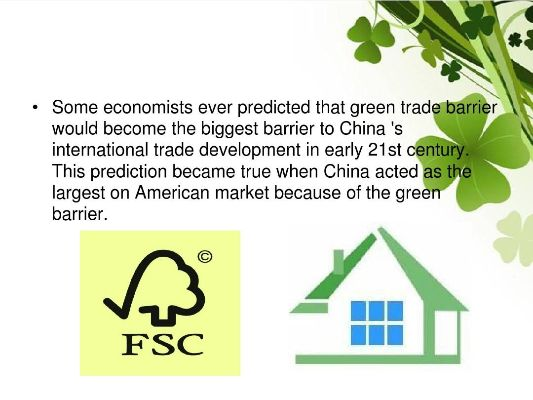
-
贸易协定谈判不顺利:在一些贸易协定谈判中,双方在协议条款上存在分歧,导致贸易摩擦的出现。
经济因素
-
纺织品市场需求变化:随着全球化和国际贸易的发展,纺织品市场需求呈现出多样化、个性化、高端化的趋势,这导致了一些国家对某些特定类型或品牌的纺织品存在需求差异。
-
贸易壁垒和关税政策的影响:一些国家为了保护本国产业和就业,采取了一系列贸易壁垒和关税政策,限制中国纺织品进入其市场。
案例说明
以某次中美纺织品贸易摩擦为例,我们可以进一步分析其成因。
-
案例背景:某次中美纺织品贸易摩擦发生在某一时期,涉及到的产品包括某些特定类型或品牌的纺织品。
-
案例分析:在该案例中,政治因素和经济因素都起到了重要的作用,美国政府通过限制进口和制裁等方式,限制了中国纺织品进入其市场,市场需求的变化也导致了贸易摩擦的出现,一些国家为了保护本国产业和就业,采取了一系列贸易壁垒和关税政策,进一步加剧了贸易摩擦的程度。
成因分析
中美纺织品贸易摩擦的成因是多方面的,主要包括以下几个方面:
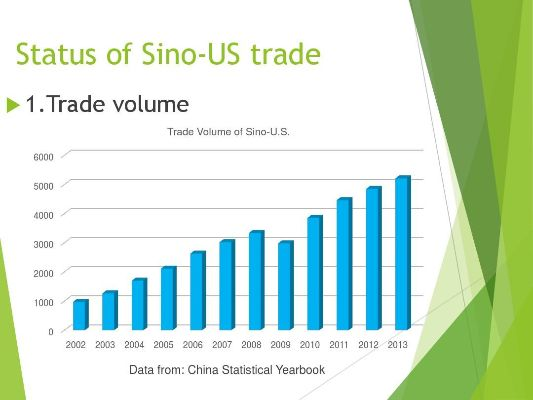
-
政治因素:美国政府通过贸易壁垒和关税政策等手段,限制了中国纺织品进入其市场,这主要是由于中美之间的政治经济利益差异、贸易不平衡以及知识产权保护问题等因素所致。
-
经济因素:纺织品市场需求的变化是导致贸易摩擦的重要原因之一,随着全球化和国际贸易的发展,纺织品市场需求呈现出多样化、个性化、高端化的趋势,这导致了一些国家对某些特定类型或品牌的纺织品存在需求差异,一些国家为了保护本国产业和就业采取了一系列贸易壁垒和关税政策,进一步加剧了贸易摩擦的程度。
解决策略
针对中美纺织品贸易摩擦的成因,我们可以采取以下解决策略:
-
加强沟通与合作:中美双方应该加强沟通与合作,通过协商和谈判解决贸易摩擦问题,双方应该积极寻求共同利益点,推动贸易合作和发展。
-
完善贸易协定谈判机制:双方应该完善贸易协定谈判机制,加强协商和谈判力度,达成更加公平合理的协议条款,应该加强国际合作,共同应对全球性挑战。
-
加强知识产权保护:知识产权是国际贸易的重要基础之一,双方应该加强知识产权保护力度,推动知识产权保护制度的完善和发展。
中美纺织品贸易摩擦的成因是多方面的,涉及到政治、经济、文化等多个领域,双方应该加强沟通与合作,完善贸易协定谈判机制,加强知识产权保护等措施来解决贸易摩擦问题,应该积极应对全球性挑战,推动全球贸易合作和发展。
Articles related to the knowledge points of this article:
Embracing the Future:The Innovative Services in Yixing Textiles


